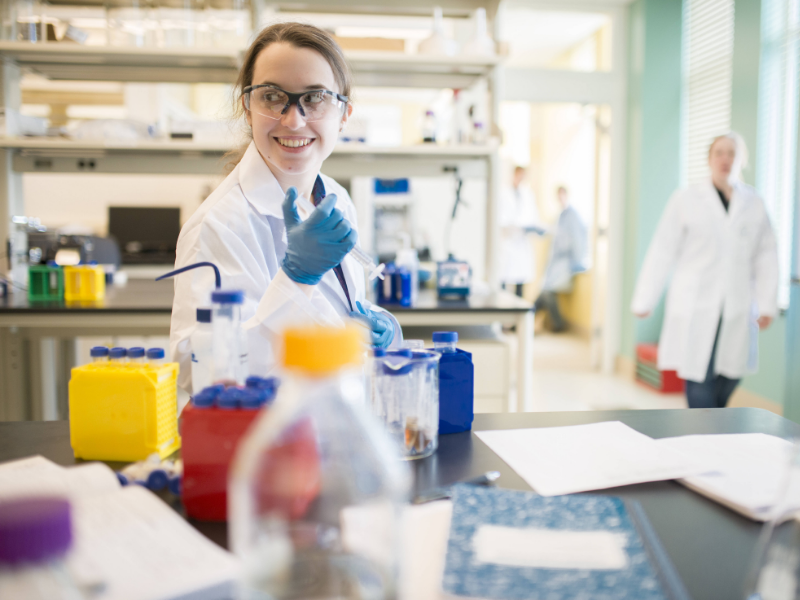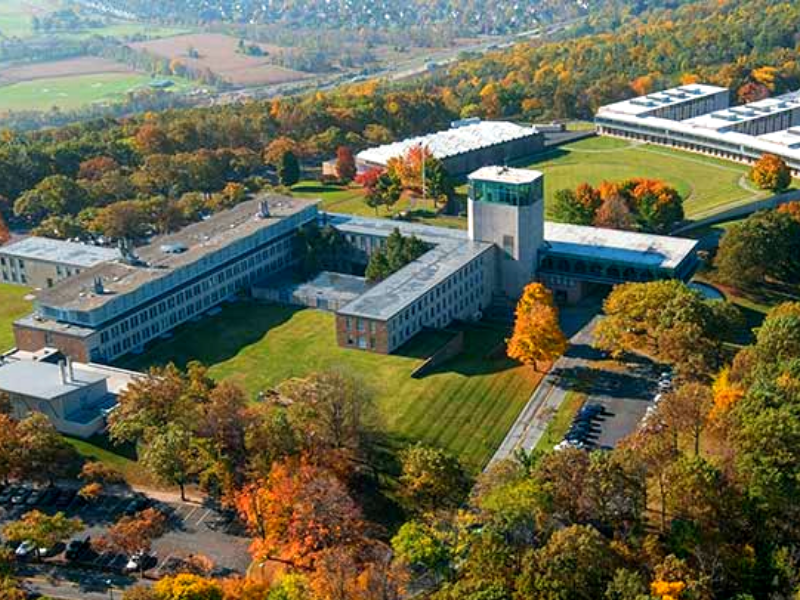Welcome to the HRH!
Lehigh's Health Research Hub (HRH) is designed and built to be a truly collaborative space in every sense—redefining how research facilities at Lehigh are arranged, allocated and shared.
HRH: MANY PERSPECTIVES, A SINGULAR MISSION
HRH's labs are open and bright, and accommodate three core functions:
- cell culture,
- characterization using optical microscopy and other forms of imaging, and;
- microfabrication for engineering biological systems and devices.
The HRH facility also provides other flexible use/hoteling/incubator spaces for researchers, and is well equipped with built-in infrastructure, including chemical hoods, sample wet bench space, and house gas and vacuum lines/ports. For more, see the complete list of HRH research resources.
Robert Nalls is principal architect with Nalls Architecture Inc., which specializes in buildings that support scientific research for institutional clients. "We've worked on other projects that entail interdisciplinary collaboration," Nalls says. "But Lehigh's project—more than any other we've done—really brings together what are often distinct disciplines into a single mission and space."
The HRH characterization lab features three darkened, windowless rooms to enhance visualization for microscopy and imaging. Fabrication and cell culture labs sit side by side. Both are pressurized, with access through air locks. The pressure in the fabrication lab is designed to push against outside air to keep the room clean, while the pressure in the tissue lab directs airflow the opposite way to keep potential contaminants inside the room.
Both the fabrication and tissue labs use smart systems that gather information about air pressure and handling to constantly maintain proper relationships between adjacent spaces. Flexibility of design allows different research instrumentation and teams to rotate in and out of HRH spaces.
"The Hub is a beautiful space that shows Lehigh is committed to collaborative biomedical and biological research," says Angela Brown, an associate professor with Lehigh's Department of Chemical and Biomolecular Engineering at Lehigh. "I've noticed that people collaborate across departments. It's not just something the administration encourages; it's something people actively do."






